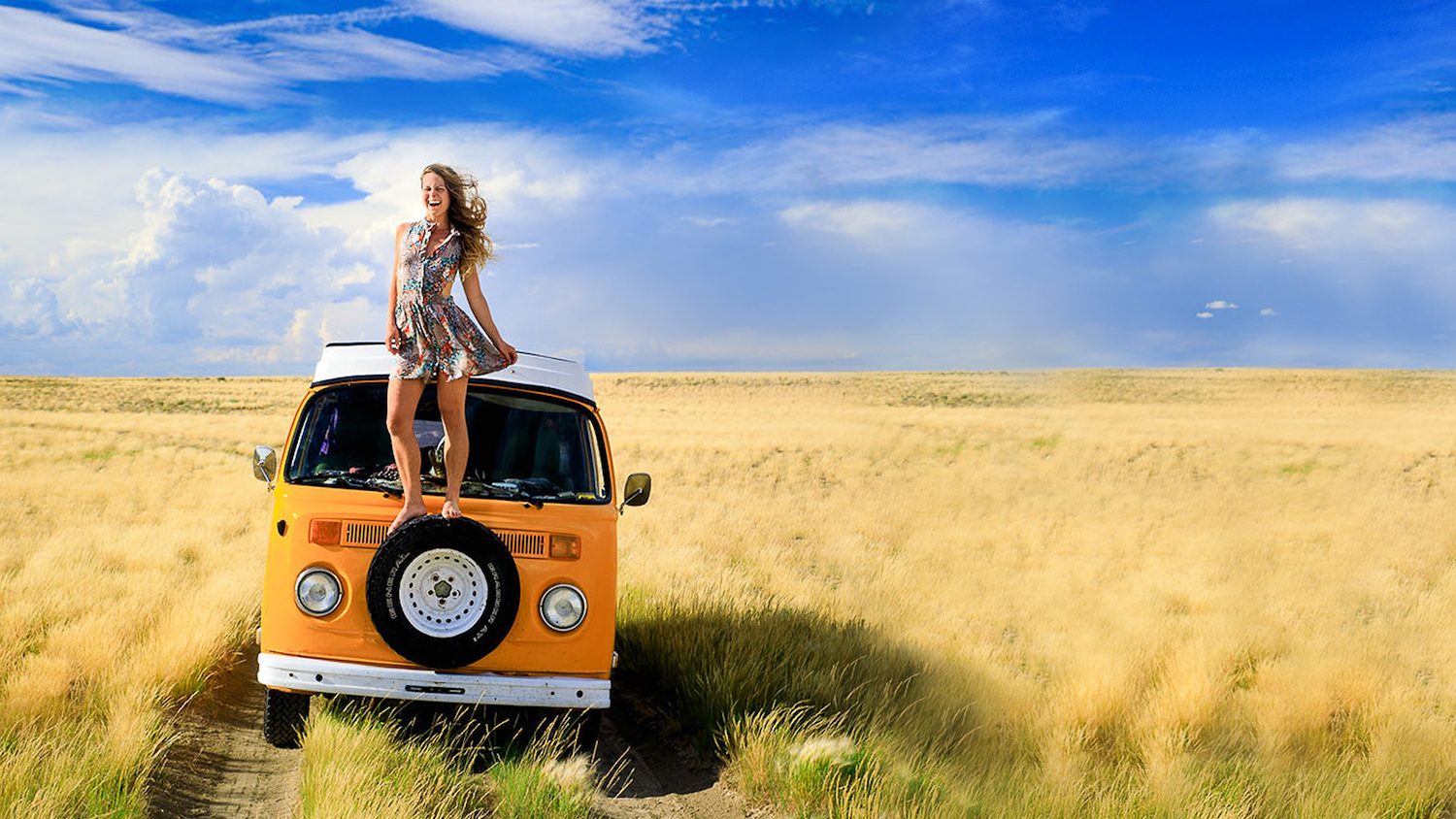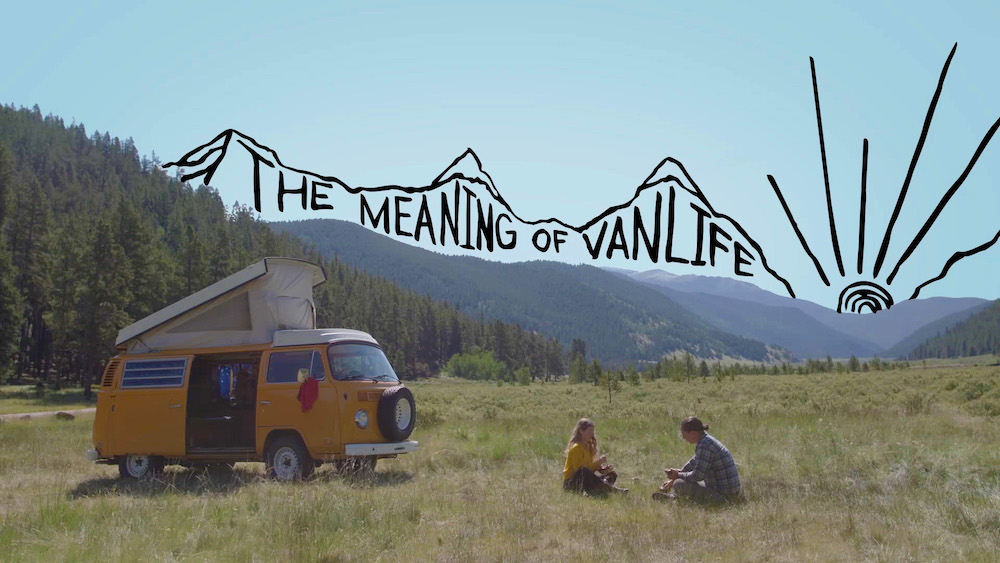The Meaning of Vanlife is a highly anticipated film about our lifestyle, community, and movement.
Filled with familiar faces from the community, the film follows individuals, gatherings, and many adventures on the road. After the trailer provided some amazing anticipation, we wanted to touch base with Jim Lounsbury, the director of the film.
“The Meaning of Vanlife is an adventurous, revealing look into the Vanlife community through the eyes of nomads who have chosen to live a life of freedom on the road. A movement that exemplifies a deeper societal trend towards minimalism and authentic community building.”
Check out the trailer below:
Please briefly introduce The Meaning of Vanlife and how you became involved in the project.
The Meaning of Vanlife is a documentary looking at the vanlife movement from the inside out. It follows Kit Whistler and J.R. Switchgrass of @IdleTheoryBus, Emily Smith and Corey King of @WheresMyOfficeNow and Jonny Dustow, Jared Campbell, Sam Peterson and Kathleen Morton of @VanlifeDiaries, and gathers a stack of other perspectives from people we met along the journey of making the film.
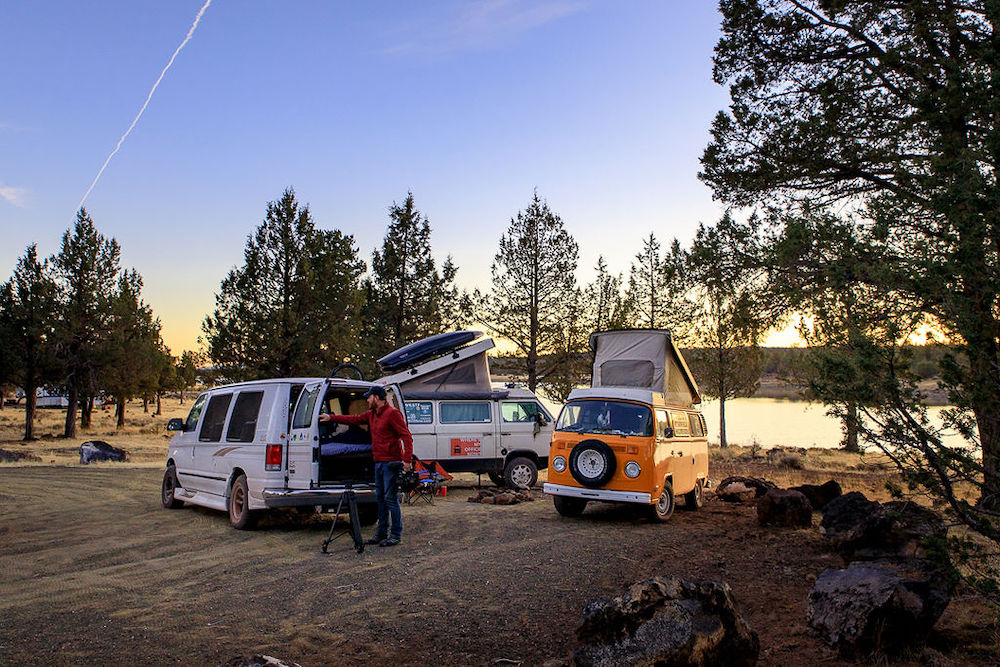
I’ve known Jonny Dustow and Jared Campbell for over 10 years, so was interested when their choice to live in a rolling home became an entrée into a (largely) unexplored phenomenon of tens of thousands of people living in vans full time. I live in Australia, so surfing culture has always been a bastion of vanlife, as has the traveling musician. But to find so many young professionals who had embraced the lifestyle, I knew there must be something more to it.
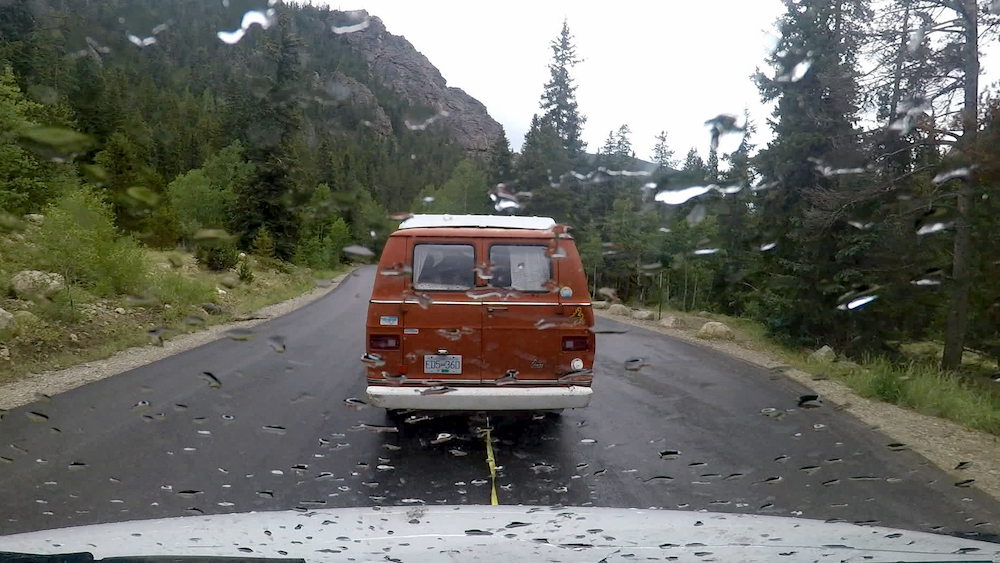
What was the inspiration behind this movie? How did an idea turn into a film endeavor?
Most documentaries, for me, come from unanswered questions. I have always been a nomad myself (born in Seattle, I now live in Australia) and this was a movement that sparked endless curiosity for me. Was the housing crisis leading people to find more cost-effective ways to live? Part of the death shudder of capitalism? Was it a new generation reaching back for old-world values that have been buried in an avalanche of digitalization?
These questions fueled my initial decision to make this documentary, and to live in a van (Hunter S. Thompsvan) for 4 months myself, while traveling around filming the documentary. Oh, and by the way, I can’t bring myself to sell the van now. It sits in Portland, Oregon where it is used throughout the year by myself and friends I have met who take it for 2 or 3 months at a time.
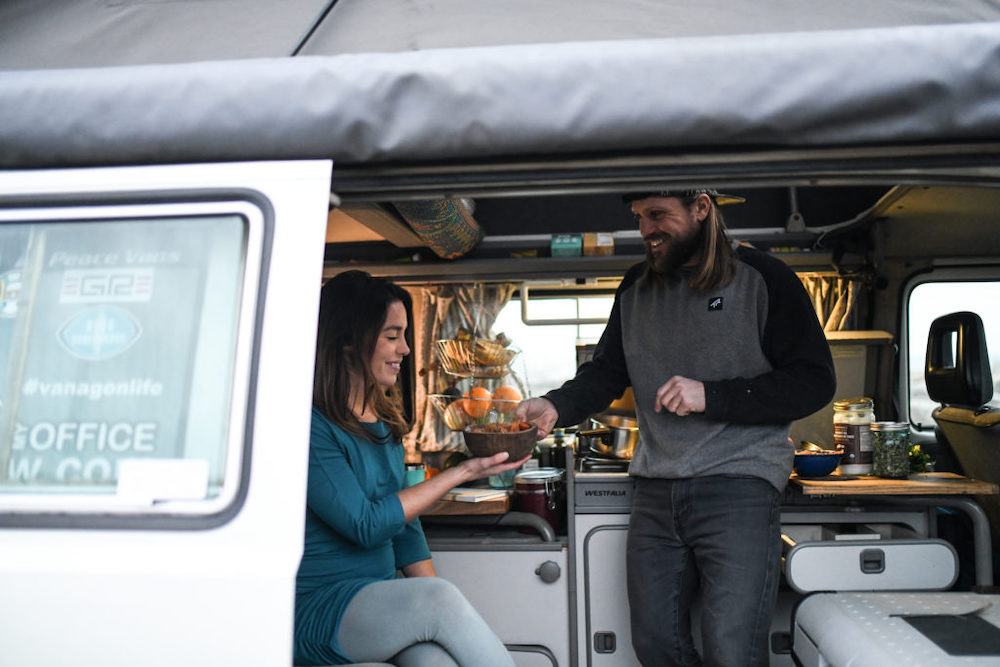
What was your experience like as the director of this film?
It was an incredibly liberating experience to direct this film. My previous feature was a drama ‘Love is Now’ which was a $2M independent feature about two nomads (yes, there’s that word again) who travel up the coast of Australia on the fruit picking trail. It was a dream come true to direct a feature film, but with that came a host of pressures that I didn’t enjoy. Completion guarantors. Producers stomping around the set. Restrictions on where I could shoot, and how long I had to film a scene. There was even the threat of being thrown off my own film if I didn’t shoot enough pages each day, which is enough to send anyone’s blood pressure soaring.
I decided that I wanted my next film to be completely free of these pressures, and decided to make a documentary where I produced, directed and filmed it myself, in order to recapture my love for filmmaking again. It’s wonderful that we’re in a time when this is possible and the equipment to make films this way is at our fingertips.
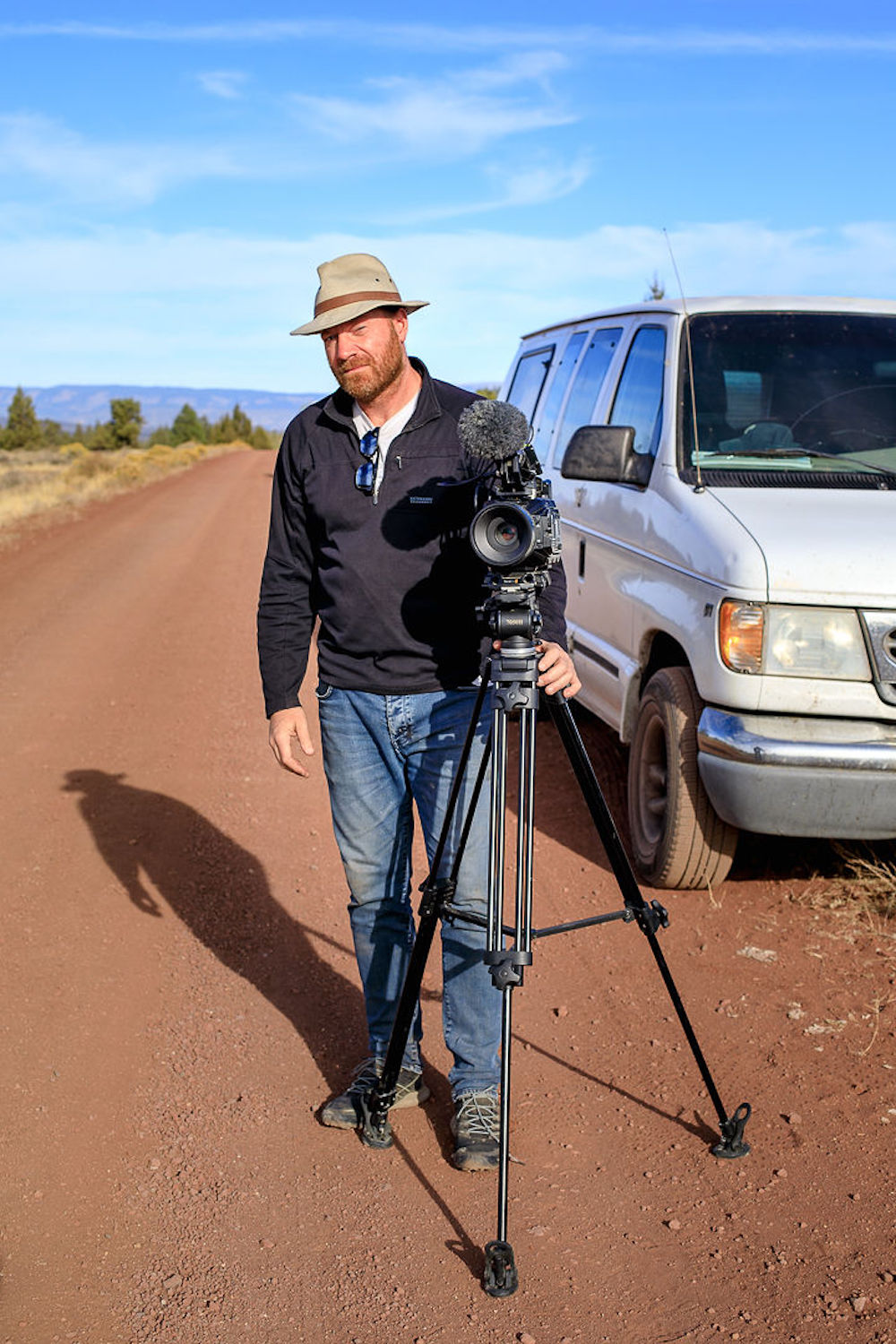

How did directing a film that involves constant moving individuals and pieces (such as vans) differ from other films you have worked on in the past?
Yes, this was a challenging film in that my subjects were always moving. Or not moving in the case of Kit and J.R. when they broke down in the Wyoming wilderness. It helped that I was in a van myself, and could travel to wherever my subjects were rather than hoping to capture everyone at a set place and time.
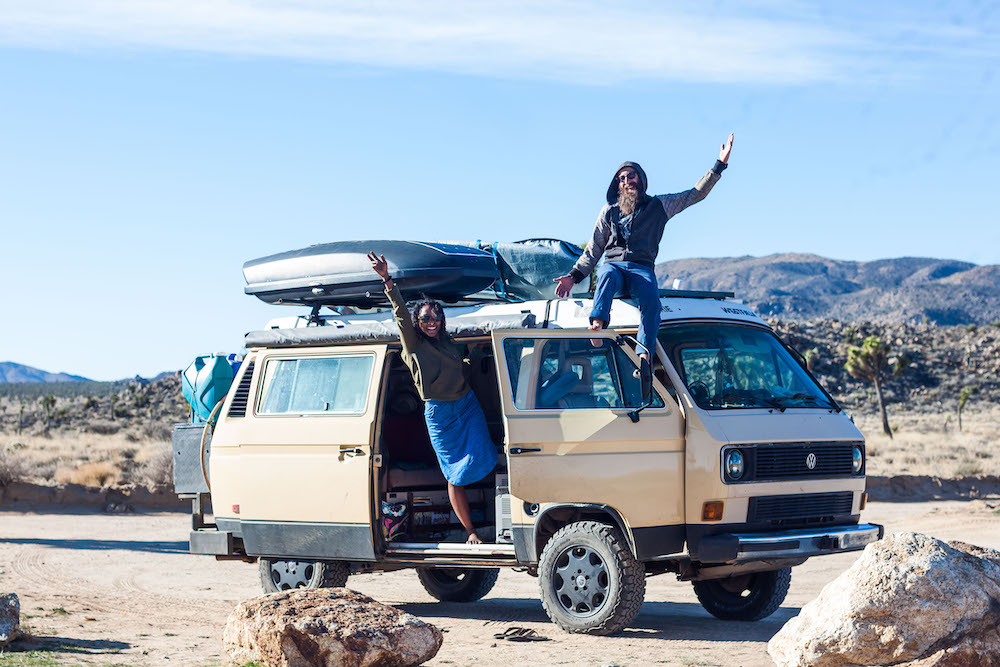
The gatherings run by Vanlife Diaries gave me a chance to shoot for short, intense periods and capture a plethora of interesting experiences over a 2 or 3 day period, but it was following people on the road that yielded the best results.
Can you tell us a brief story of something that happened while filming, allowing readers to be taken “behind the scenes” a bit?
I think the thing I was struck by living the vanlife was how generous strangers can be. Kit Whistler and J.R. Switchgrass taught me a bit about that. They said that they always stop when they see a roadside sign in a country town offering eggs or milk for sale because they have always had incredible experiences with the people they meet there.
So we decided to test the theory, and stop at a farm in Wyoming to pick up some eggs. By the time we left, the farmer had given us a gallon of goats milk, a box full of greens and two dozen eggs… and didn’t want any payment for it. This was a scene we filmed that didn’t make it into the film, but it was a wonderful lesson in the genuine beauty of human nature. Vanlife has a way of re-introducing you to the people around you. Forcing you to rely on individuals that you meet, rather than on the corporations that try to define what we eat, drink and do, so they can make a profit from it.
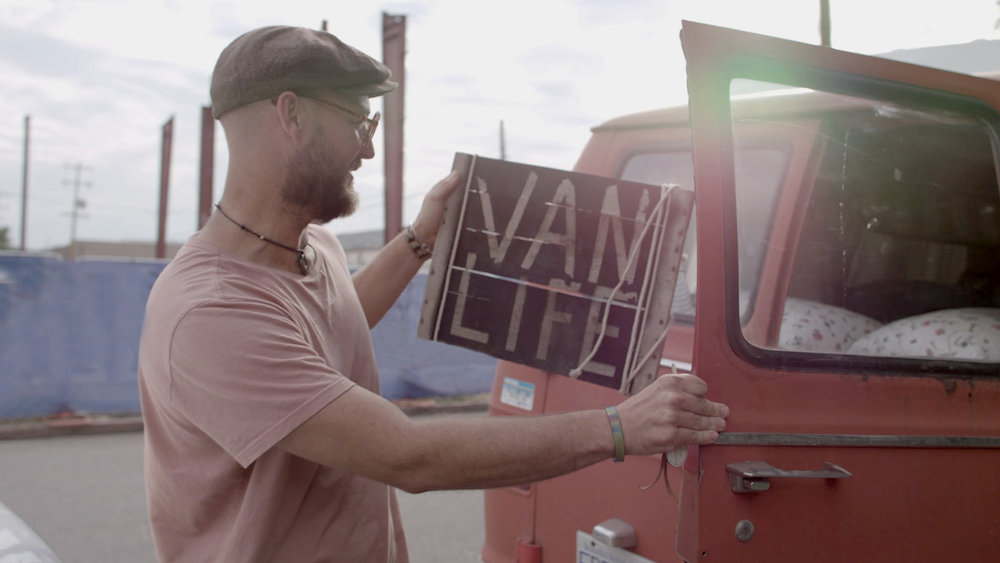
We’ve heard you refer to “The Meaning of Vanlife” as a passion project. Can you elaborate a bit on your passion for this project and vanlife in general? Why is it special to you?
When I was a young boy, my mother was a gypsy. The smell of marijuana still takes me to childhood memories where I played in the woods while my mother would light up a joint with friends and sit around a campfire, telling stories long into the night.
Being a traveler myself, I have always gravitated towards travellers. People who understand how the land and sea and world can change you the more you travel through it. And this project gave me a chance to both introduce my family to that part of myself, as well as spend some time with those people, to fill my soul with nomadic longings and visions of the land.
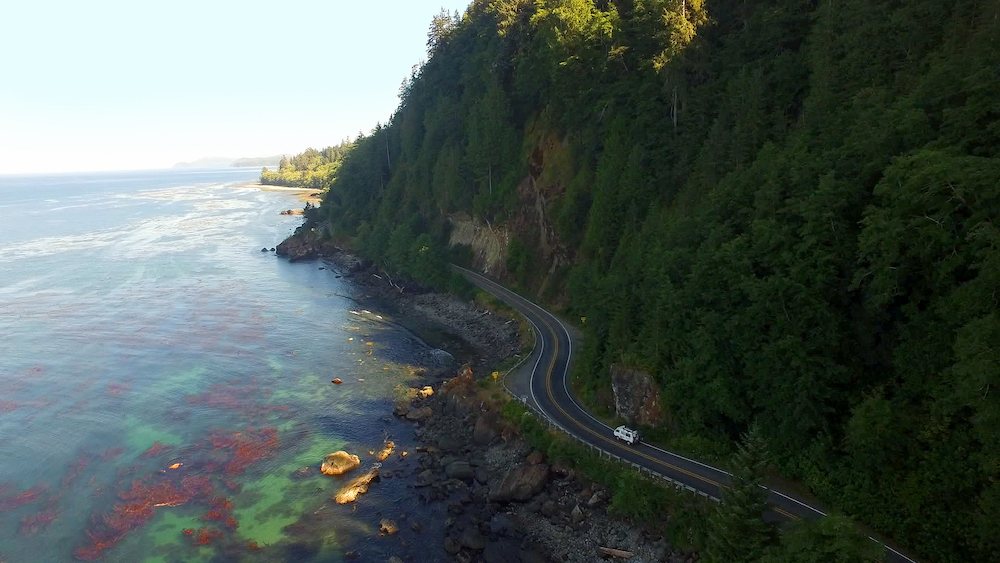
Vanlife has this incredible community behind it, which we’ve heard you and others involved in this project mention quite a bit. What was it like working so closely in this community and relying on that support?
I couldn’t have made this documentary without the support of Vanlife Diaries, Go-Van, Tiny House Tiny Footprint, Idle Theory Bus, Wheresmyofficenow, and the rest of the vanlife communities. This was low to no budget documentary, so I didn’t have the budget to spend months and months researching, I had to jump into the fray and just… start filming. The communities helped me to find the subjects for the documentary and gave me a deeper insight into the community aspect of Vanlife, something I didn’t expect was such a big part of it going into this process. You imagine vans, out there in the wild and surviving on their own. What you find is an interconnected family of people who have found one another through the phone book of social media.
Any other details or stories you would like to add?
This film took far longer to make than I anticipated, as we had to raise some extra money to finish the post-production process. I want to say a special thank you to our 500+ Kickstarter supporters who have been very patient with us through this process, and who are still getting their Kickstarter rewards in 2019, after having supported the film in 2017, when we filmed the bulk of the documentary.
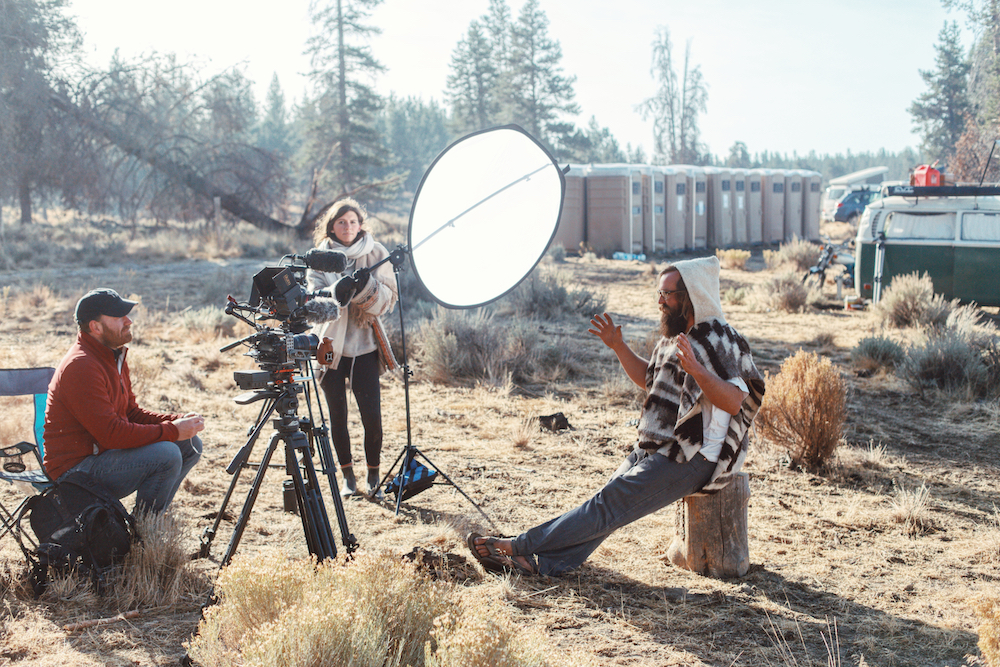
This is an exciting time to be making films. Where you can use social media to find people who share the same passions as yourself and use networks to fund, research and capture films like this, free from commercial pressures.
I am very grateful to those in the Vanlife community who opened up their vans, networks, and their hearts to make this documentary possible.
Please provide some links where people can find you online!
Instagram: @jim_lounsbury
Facebook: https://www.facebook.com/jim.lounsbury
Website: www.cubicfilms.com
Any others you’d like to provide: www.themeaningofvanlife.com



